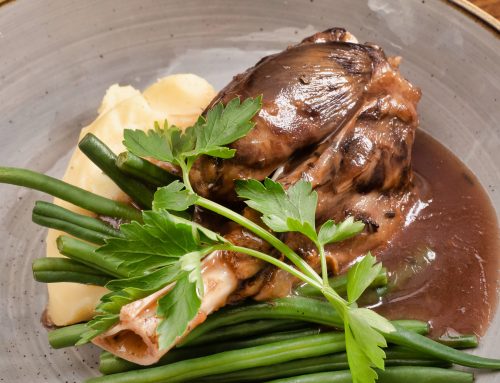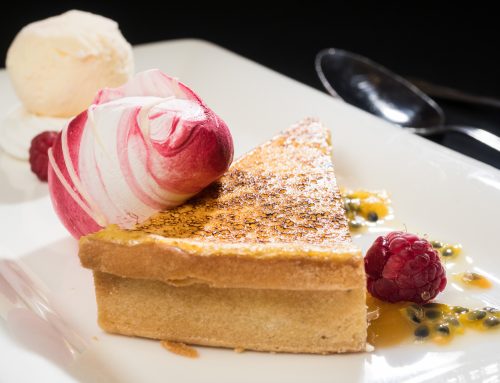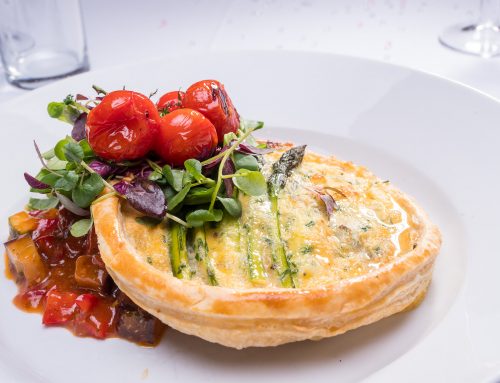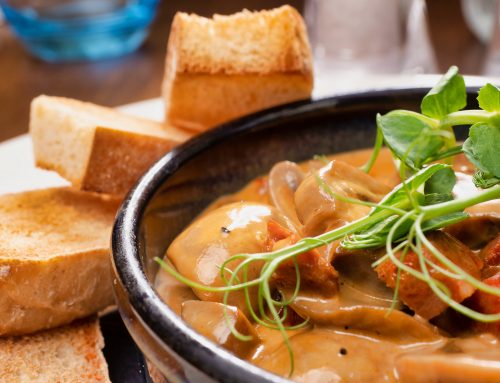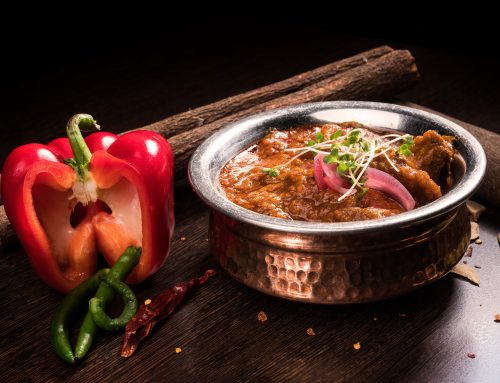How Restaurant Owners Use Food Photography
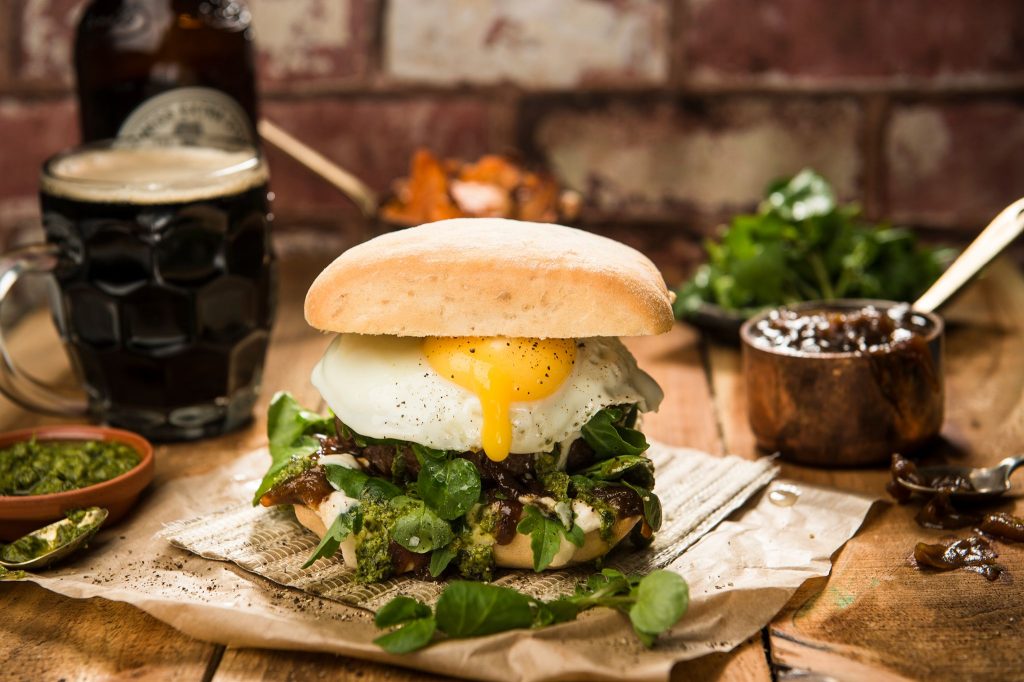
As many restaurant owners understand, the methodology of marketing to a target audience isn’t just driven by the business, it’s driven by their clients.
There was a time when all businesses used leaflets, yellow pages, newspaper or magazine adverts to entice customers to their restaurant. A time when the customer’s experience only had a direct impact on their return or on what they talked to their friends about. But as you know, that all changed with the advent of the internet and everything it brings. Websites are now store fronts and social media is the new leaflet and newspaper articles, with the added difference that your customers engage and drive their popularity.
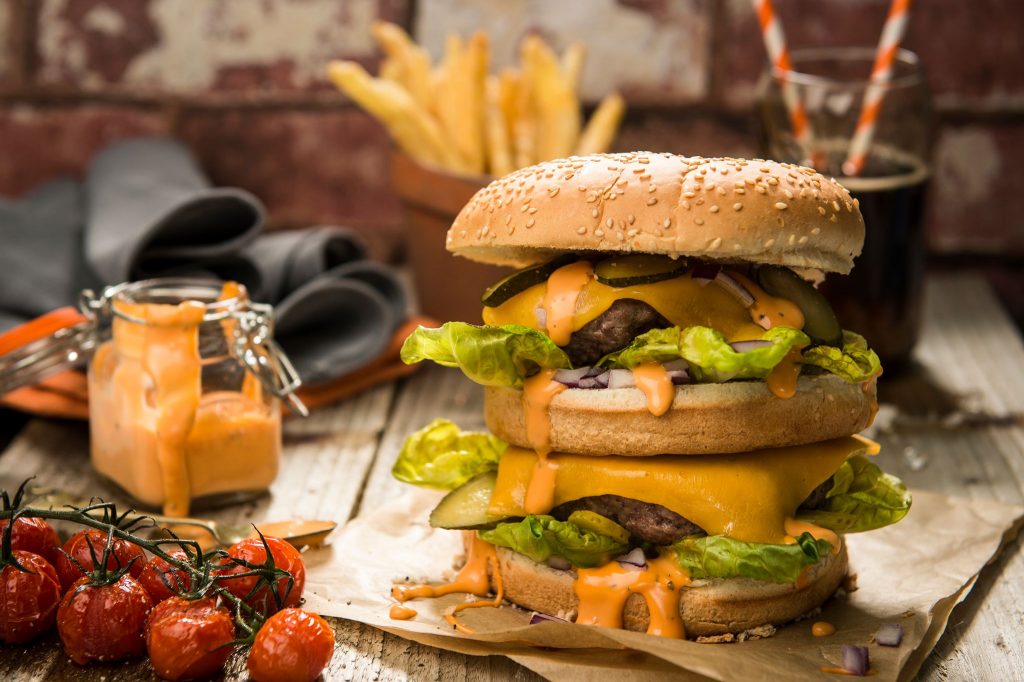
Besides social media, the increasing use of online searches for the best meals or evenings out in an area, means the importance of relevant images cannot be underestimated. When prospective customers search for places to visit, the tendency is to switch to image-based searches, because they can recognise attractive food and surroundings that appeal to them. It’s far quicker than reading ten lines of text, of which the top three lines of adverts are often ignored. Not to mention the fact that there will be hundreds of images displayed, so they can find what they are looking for much, much quicker.
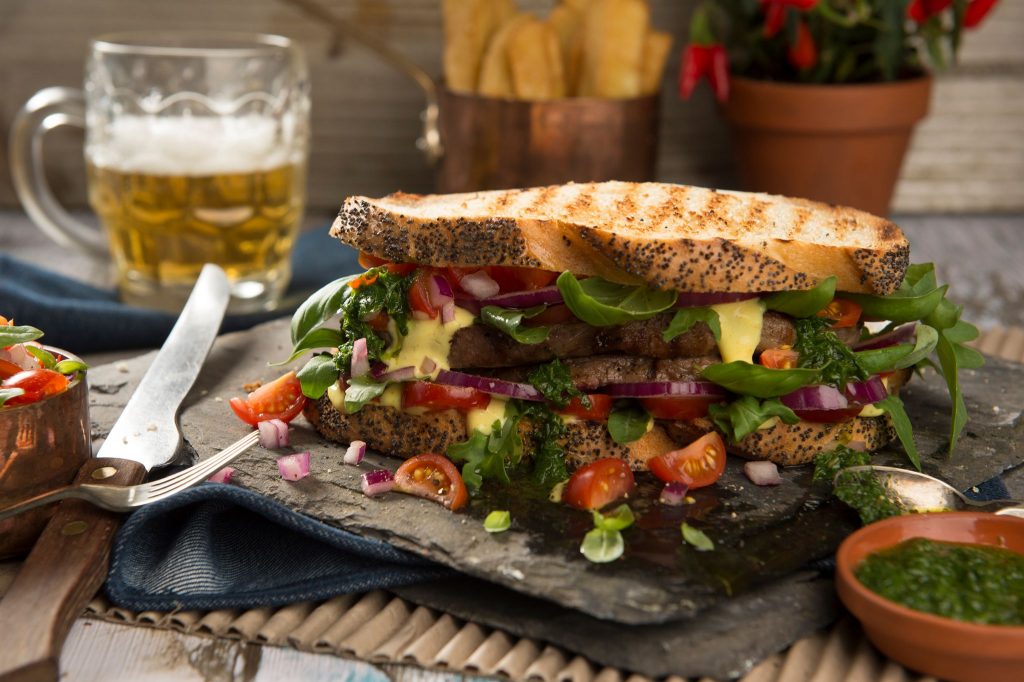
A good, well executed image will catch the eye and interest of your prospect, and once they click on that image, they are taken to your website and are already into the buying process.
The images used can make or break your restaurant website, and your postings on social media have a much better chance of garnering interest when they are accompanied by great photos. Visual content is 40 times more likely to get shared on social media than other types of content. (Buffer, 2014).
Researchers found articles with an image once every 75-100 words got double the number of social shares than articles with fewer images. (Buzzsumo, 2015).
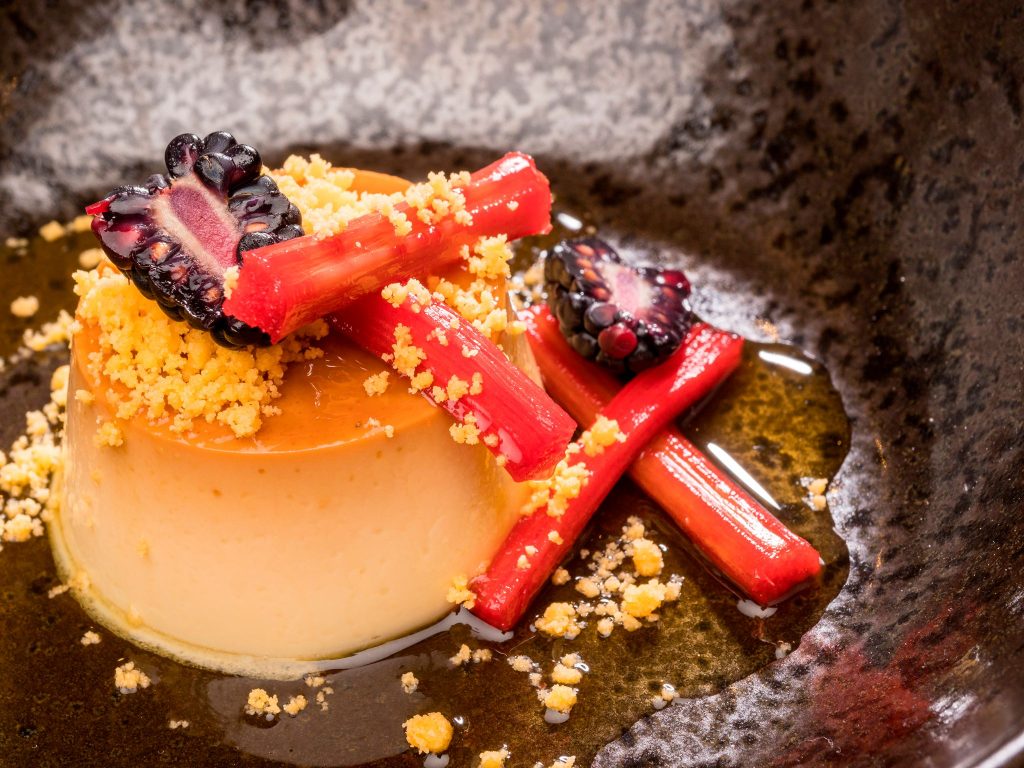
Now the impact of photography is clear, what should they be of?
This very much depends on your business model and what makes your offering unique.
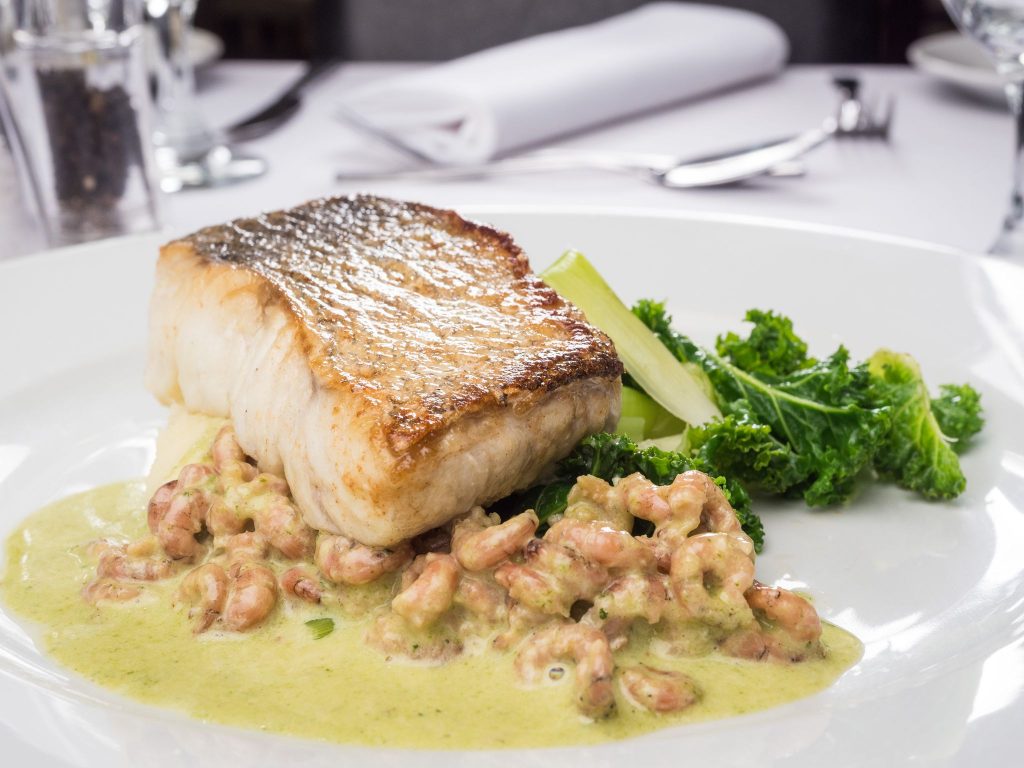
Food
Why else would people come to your restaurant? The images should not just be the food per se, but should capture the very ambience and atmosphere of your establishment. This can help previous lapsed customers return, and also create a familiarity for new customers.
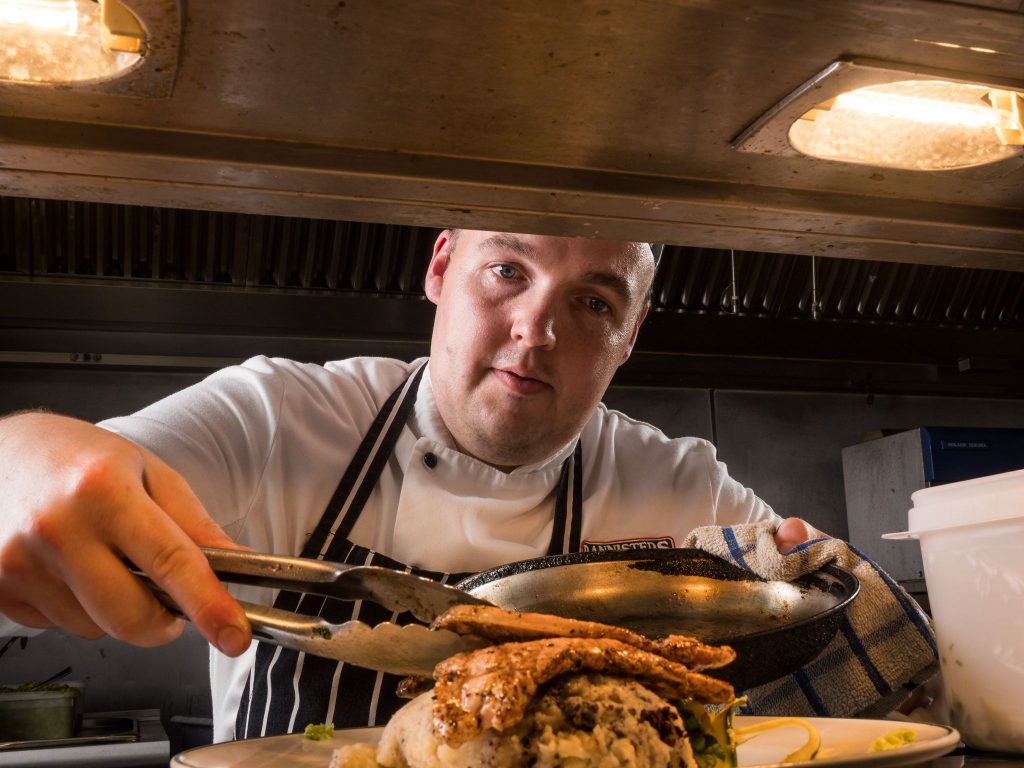
People
A bar tends to be perceived as a place for social gatherings and interaction, and your images should reflect this. People enjoying themselves and having a great time. An empty restaurant or bar doesn’t really entice anyone. Images of leading team members can also help create a more personal feel to your website. If your chef is famous or well known, this can add other angles to long term promotion.
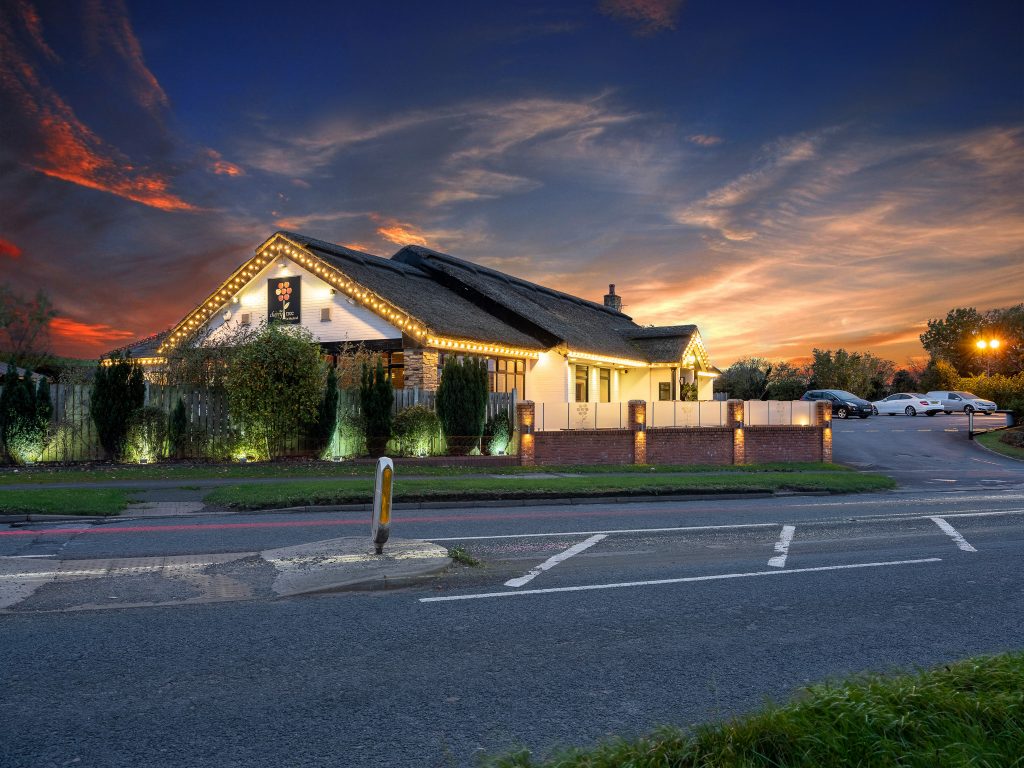
Environment and surroundings
Is your interior unique? Is it a themed establishment perhaps? What about the views? What do you feel draws your particular customers in?
Now you have a list of established topics, how are you going to go about getting them?
Firstly, are your customers encouraged by staff to take photos of their dishes and share them online?
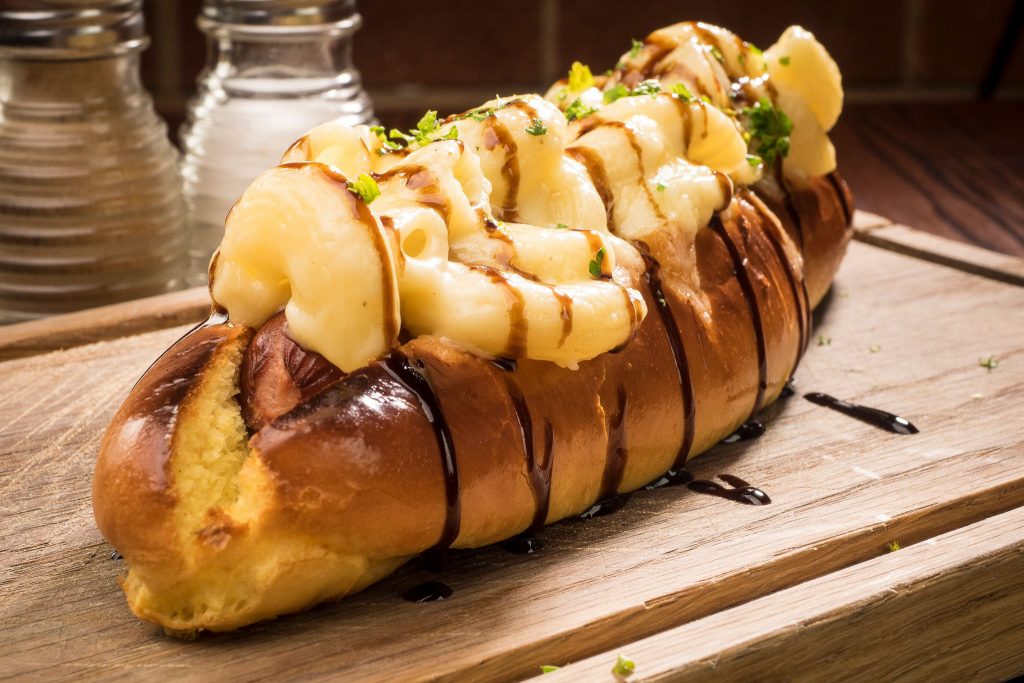
Do they know your Facebook page or Twitter name? This type of imagery is great for letting potential customers know you are busy, as well as how much they have enjoyed their dining experience. Although it’s a free solution, there are drawbacks.
Your social media channels need to be monitored, and any negative postings need to be handled correctly rather than simply ignored or rebuffed. The imagery will vary immensely in quality, and even the very best will not stand up to the standards required for your promotional or advertising needs – not to mention complete lack of consistency.
Stock imagery can be a good source of quality imagery for a number of businesses and for a number of reasons. The quality isn’t in question, and if the image rights aren’t to be purchased outright for sole use, the cost can be manageable. The drawbacks associated with stock imagery are numerous, but there is one that is particular to the food industry.
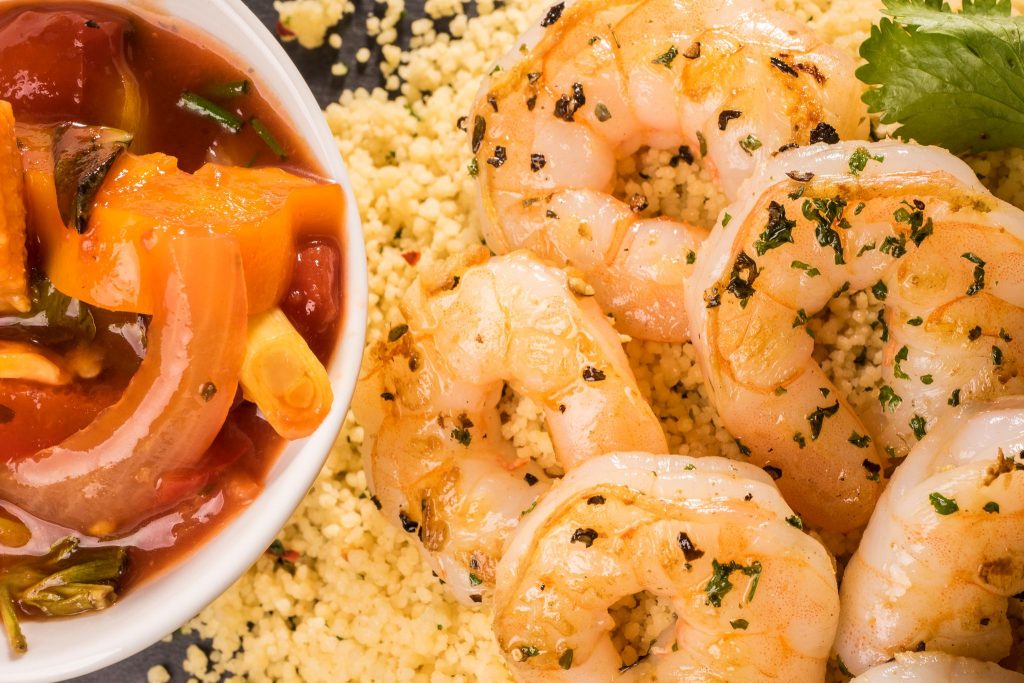
Misrepresentation
It’s unlikely the food will be styled, or served in a similar manner in the photograph, as it is in your restaurant. It won’t have the same plates, linen, cutlery or atmosphere. Your photographs have one role, and that is to entice new and old customers to visit. If the advertised photograph does not appear to be similar to the one served, or perhaps does not appear in the available menu at all, disappointment will quickly be noted on social media channels and review sites.
Another often unrecognised drawback is actually the cost. If you want exclusive use of a stock image, bearing in mind you don’t want your images showing up on your competitors websites or adverts, the usage rights is expensive. (£485 per exclusive image use – Getty Images 2017).

Using a Professional Photographer
A professional photographer will work with you and your chef to create a bank of bespoke imagery that is unique to you and your restaurant. You should receive a number of images of each dish, providing you with at least one you believe to be most suitable for your website, and a number of others that would be used for advertising and social media.
If a potential customer sees an image that takes their attention on social media, they don’t want to see the same photograph when they click through to your website. If they see the same image, they are more likely to believe they’ve already seen everything, and there’s nothing new. If the two images are of the same dish, but different views, it helps maintain your potential customer’s interest, therefore increasing the potential for them to book.
Do check the quality and consistency of your proposed photographer’s work. Spending £200 and only having one usable, high quality image, makes that an extremely expensive image. Whereas, with the right photographer, spending £400 and receiving thirty or more high quality images is very good value for money.
Once you have your photographs, what are you going to do with them?
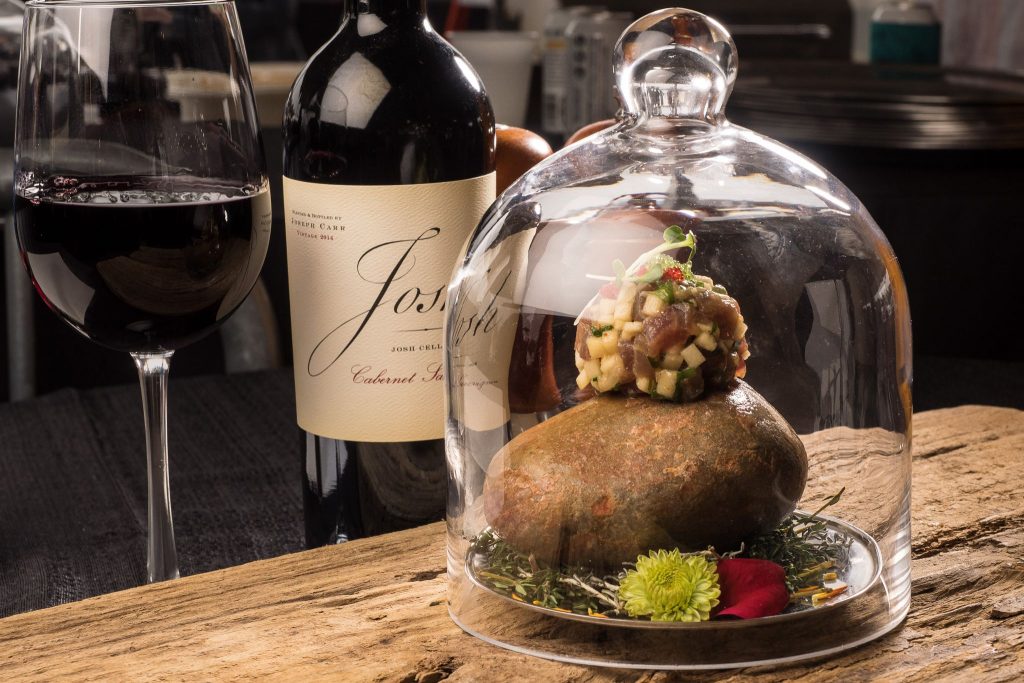
Facebook, Instagram & Twitter
You should always include an image with every post. Consider adding your company logo in the corner of every image. If the post or image is shared, you want to ensure people can easily identify your business and food. If the image contains people in the bar, they may well be recognised and therefore share the image or tag their friends that were there that night.
This means your post or image appears on their timeline, and again, your logo helps identify where they had a great night out, or a superb meal. Make sure your business details are up to date on Facebook too so that patrons can ‘Check In’ online and allow you to engage for customer satisfaction the day after, and promotion in the future. This is basically free advertising. As of 2015, 90% of young adults use social media, compared with 12% in 2005. (Pew Research Center, 2015)
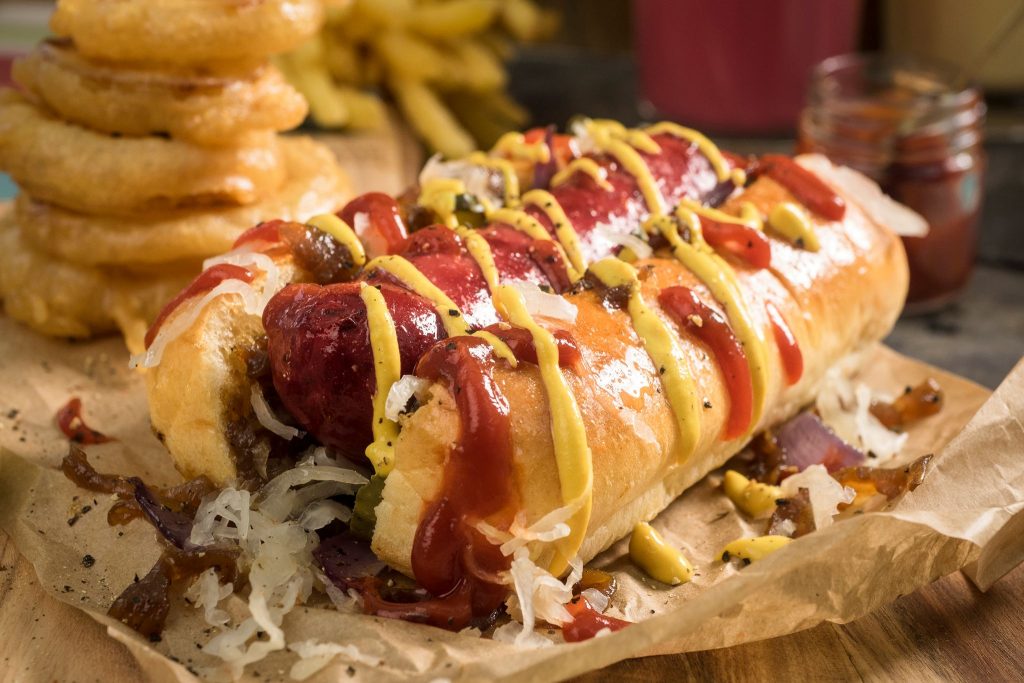
Your Website
There should be a steady stream of traffic to your website, and great images will help keep their attention, especially with new potential customers. Great images can make a tangible difference to the conversion rate, meaning you get an increase in bookings. Nothing beats that feeling of hunger when you look at a great food photo.
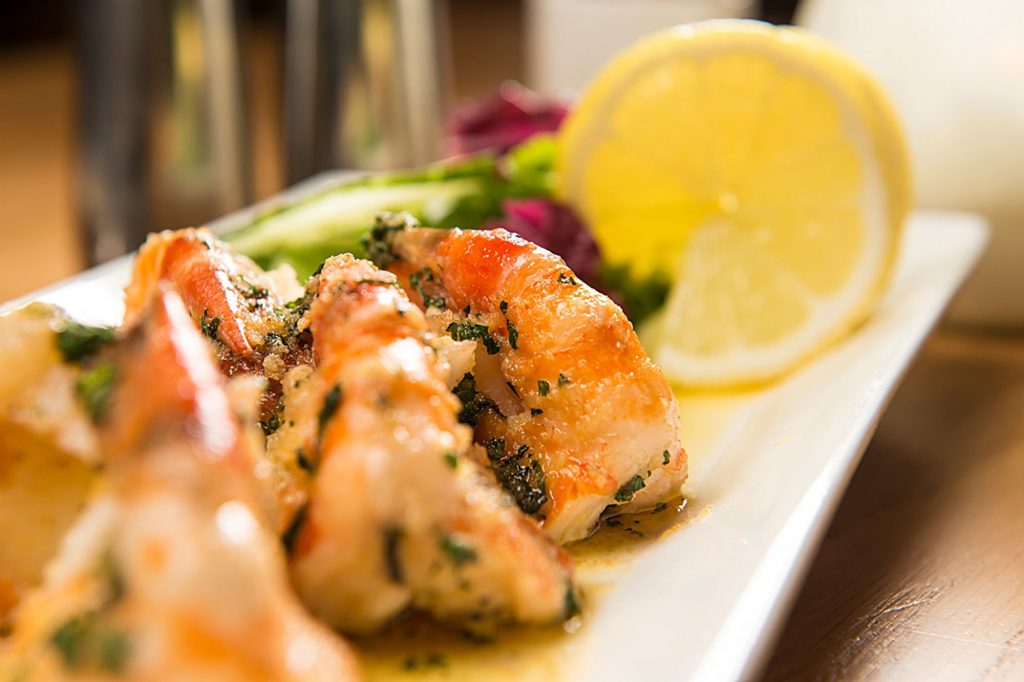
There are a number of factors which will increase the return on your investment in a shorter time.
- Correctly identifying the type of imagery that is needed to market your establishment effectively.
- Good social media usage and monitoring, ensuring your customers know how to find you.
- A bank of images will allow you to target a wider audience without the danger of them losing interest due to image boredom.
- Quality images will provide a quicker return on investment.
In summary, your photographs have one purpose, which is to encourage potential customers to visit your restaurant.
